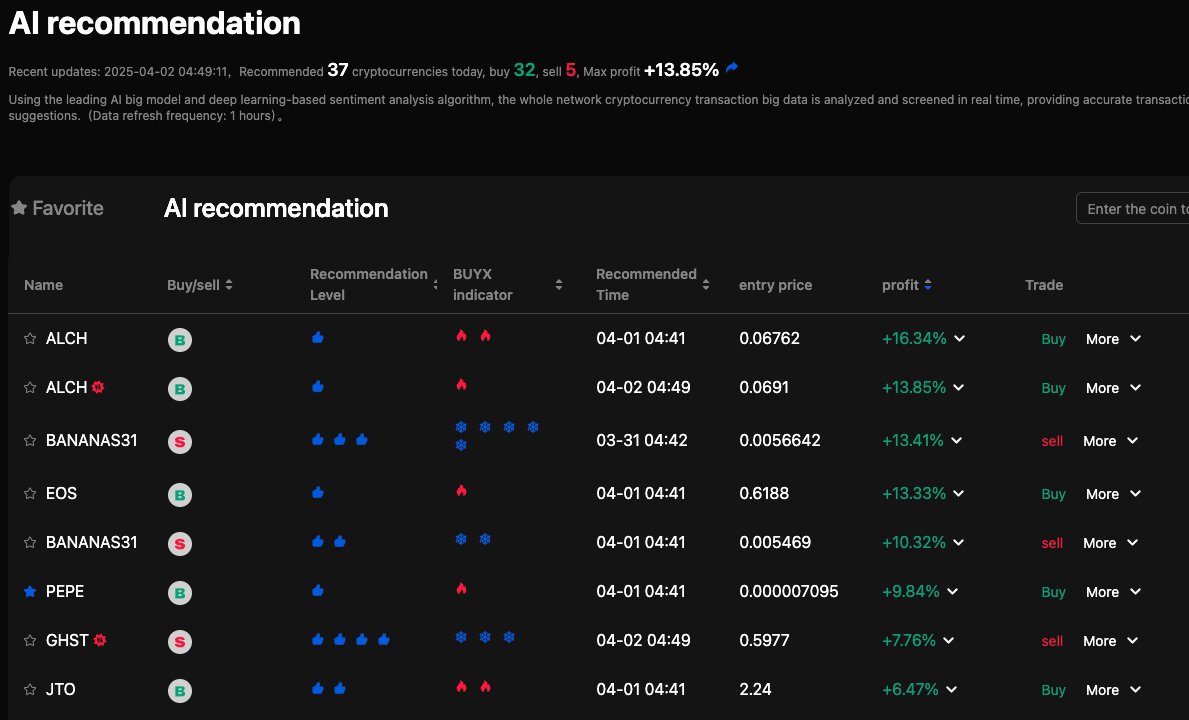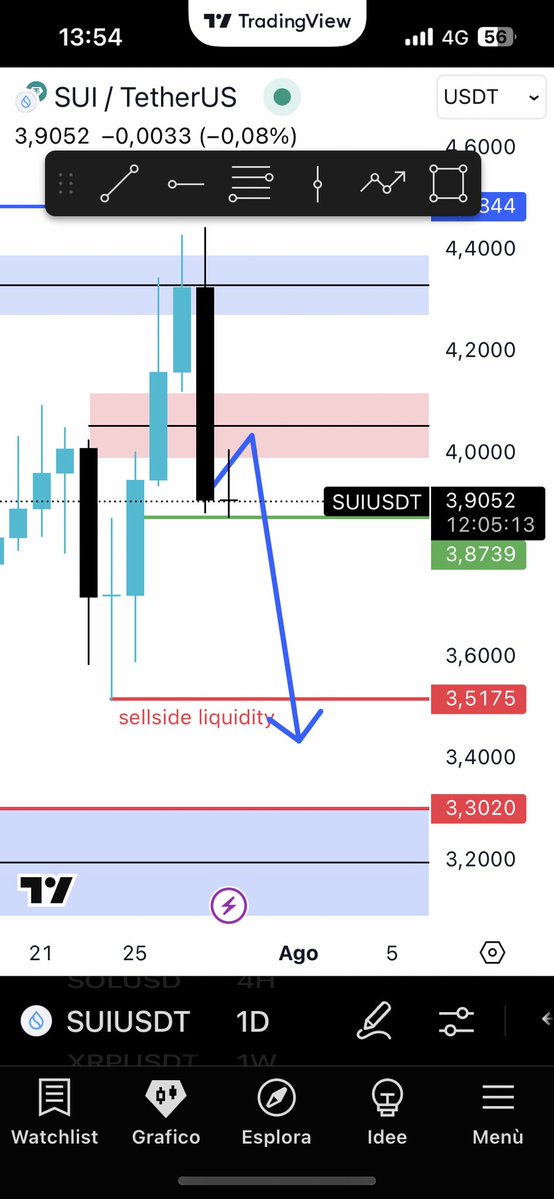Introduction: Navigating the Policy-Driven Market
Imagine stepping into a bustling marketplace where the rules of engagement change rapidly, and fortunes can be made or lost in the blink of an eye. Welcome to the world of cryptocurrency trading on April 2, 2025. Today’s market is a fascinating blend of policy-driven differentiation and technological innovation. As we delve into this dynamic landscape, we’ll explore the key trends, opportunities, and challenges that define the current state of cryptocurrency trading.
The Policy-Driven Landscape
Regulatory Shifts and Their Impact
The cryptocurrency market is increasingly influenced by regulatory frameworks that vary significantly across different regions. Governments worldwide are grappling with how to manage this burgeoning asset class, leading to a patchwork of regulations that can either stifle or stimulate growth. For instance, some countries have embraced cryptocurrencies, recognizing their potential to drive financial inclusion and innovation. Others have taken a more cautious approach, imposing strict regulations to mitigate risks associated with volatility and illicit activities.
Regulatory shifts can have profound impacts on market sentiment and investment strategies. For example, when a major economy like the United States announces stricter regulations on cryptocurrency exchanges, it can lead to a temporary sell-off as investors reassess their positions. Conversely, when a country like El Salvador adopts Bitcoin as legal tender, it can spur interest and investment in the cryptocurrency market. These regulatory actions shape the market’s trajectory, making it essential for investors to stay informed about global policy developments.
Compliant Assets: The New Standard
In this regulatory environment, compliant assets are emerging as the new standard. These are cryptocurrencies that adhere to legal and regulatory requirements, providing a safer and more stable investment option. Compliance is not just about avoiding legal pitfalls; it’s about building trust with investors and fostering a sustainable ecosystem. As regulatory scrutiny intensifies, compliant assets are likely to see increased demand, making them a key focus for investors.
Compliant assets often come with additional layers of security and transparency, which can attract institutional investors who are more risk-averse. For instance, stablecoins pegged to fiat currencies like the USD or EUR offer stability and predictability, making them attractive for both retail and institutional investors. As the market evolves, we can expect to see more compliant assets being developed and gaining traction.
Technological Innovations Driving Growth
AI and Machine Learning
Artificial Intelligence (AI) and machine learning are revolutionizing the way we analyze and trade cryptocurrencies. AI-driven algorithms can process vast amounts of data in real-time, identifying patterns and trends that human analysts might miss. This technological edge is crucial in a market where split-second decisions can make a significant difference. For example, AI can help screen potential investment targets, as seen in the case of the 37 targets identified by AI, with 32 showing potential for growth[1].
AI can also enhance risk management by predicting market movements and adjusting investment strategies accordingly. Machine learning models can learn from historical data to identify potential risks and opportunities, providing investors with a more informed decision-making process. As AI technology continues to advance, its integration into the cryptocurrency market will likely become more prevalent, driving growth and innovation.
Real-World Asset (RWA) Integration
The integration of real-world assets (RWAs) with blockchain technology is another exciting development. RWAs represent tangible assets like real estate, commodities, and even intellectual property, tokenized on the blockchain. This integration brings the stability and value of real-world assets into the cryptocurrency market, reducing volatility and enhancing liquidity. The AI+RWA track is particularly noteworthy, as it combines the best of both worlds, offering investors a more balanced and diversified portfolio.
RWAs can provide a hedge against the volatility often associated with cryptocurrencies. For example, tokenized real estate can offer steady returns through rental income, while tokenized commodities can benefit from price appreciation. This integration not only diversifies investment portfolios but also opens up new avenues for liquidity and investment opportunities. As more RWAs are tokenized, we can expect to see a more stable and diversified cryptocurrency market.
The Meme Coin Phenomenon
Oversold Meme Coins: Opportunities in Volatility
Meme coins, once dismissed as mere internet jokes, have gained significant traction in the cryptocurrency market. These coins, often driven by community hype and social media trends, can experience extreme volatility. While this volatility can be risky, it also presents opportunities for savvy investors. Oversold meme coins, in particular, can offer substantial returns if timed correctly. The key is to identify the right moments to buy and sell, leveraging tools like AI and technical analysis to make informed decisions.
Meme coins often gain popularity through viral marketing and community engagement. For instance, Dogecoin, initially created as a joke, saw a surge in value due to endorsements from high-profile figures like Elon Musk. While the hype can be fleeting, it can also lead to significant short-term gains. Investors interested in meme coins should be prepared for high volatility and should focus on thorough research and risk management.
Investment Strategies for the Modern Trader
Diversification and Risk Management
In a market as dynamic as cryptocurrency, diversification is crucial. Investors should consider spreading their investments across compliant assets, AI-driven tracks, and carefully selected meme coins. This approach not only mitigates risk but also maximizes potential returns. Risk management strategies, such as setting stop-loss orders and regularly reviewing portfolios, are essential for navigating the market’s ups and downs.
Diversification can also involve exploring different types of cryptocurrencies, such as privacy coins, utility tokens, and governance tokens. Each type of cryptocurrency has its own unique characteristics and use cases, which can provide additional layers of diversification. For example, privacy coins like Monero offer enhanced security and anonymity, while utility tokens like Binance Coin provide access to specific services within the Binance ecosystem.
Staying Informed and Adaptable
The cryptocurrency market is in a state of constant flux, driven by technological advancements, regulatory changes, and market sentiment. Staying informed is paramount. Investors should follow reliable sources of information, engage with the community, and be prepared to adapt their strategies as new developments emerge. The goal is to be proactive rather than reactive, anticipating market movements and positioning oneself accordingly.
Staying informed can involve following industry news, participating in online forums, and attending conferences and webinars. Engaging with the community can provide valuable insights and networking opportunities. Additionally, leveraging tools like AI and machine learning can help investors stay ahead of the curve by providing real-time data and predictive analytics.
Conclusion: Embracing the Future of Trading
As we stand on the cusp of a new era in cryptocurrency trading, it’s clear that the market is evolving rapidly. Policy-driven differentiation, technological innovation, and community-driven trends are shaping the landscape in unprecedented ways. For investors, the key to success lies in staying informed, embracing compliance, leveraging technology, and maintaining a diversified portfolio. The future of cryptocurrency trading is bright, and those who adapt and innovate will be the ones to reap the rewards.
The cryptocurrency market offers immense opportunities for those willing to navigate its complexities. By understanding the regulatory landscape, leveraging technological advancements, and staying informed, investors can position themselves for success. As the market continues to evolve, embracing a proactive and adaptable approach will be essential for thriving in this dynamic environment.





